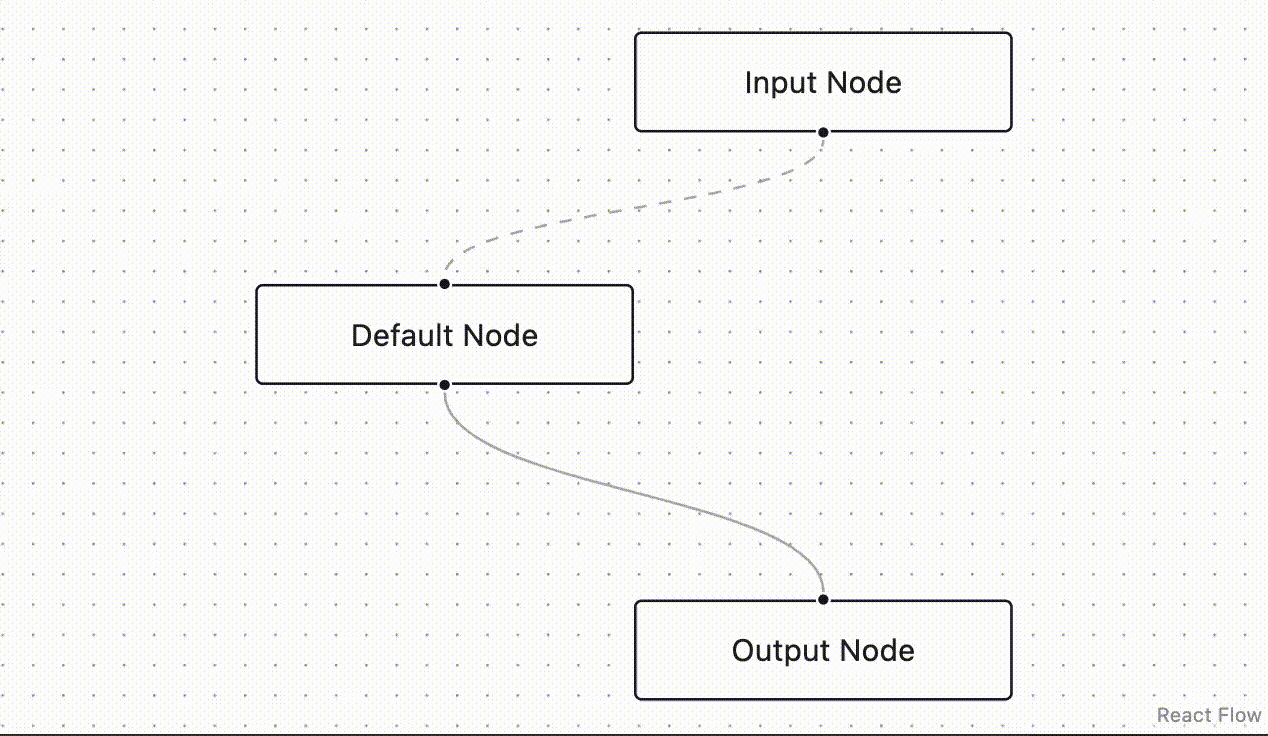Highlights from the 2024 State of React Native Survey Results
Originally published at ssojet State of React Native 2024 Survey Highlights Conducted between December 2024 and January 2025, the State of React Native 2024 Survey collected insights from around 3,500 React Native developers to capture the current state of key tools and technologies in the React Native ecosystem. The survey covers over 15 distinct areas, including used APIs, libraries, state management, navigation, debugging, and publishing. In terms of demographics, about 30% of respondents have been working as developers for over 10 years, and 96% identified as male, spanning more than 20 countries. Over 80% of respondents worked in teams of up to five developers, primarily targeting iOS and Android platforms across various sectors, including finance, education, and entertainment. Nearly 50% reported that their top-performing React Native app has fewer than 1,000 users, while 37% have apps with over 10,000 users. The survey highlights the diversity of the React Native ecosystem. According to Amazon developer advocate Anisha Malde, this versatility is reflected in the range of app scales and industry sectors. Among the most used platform APIs, respondents listed the Camera API, Notifications, and Permissions, which are also among the top pain points. React dev & OSS maintainer Vojtech Novak noted that push notifications "are not trivial to set up," highlighting notable cross-platform differences and quirks. State management remains a significant topic, with tools like Redux and Zustand being discussed. Redux received the most negative feedback, with around 18% of respondents expressing dissatisfaction. In contrast, React's built-in state management was positively regarded by 31%. Adoption of Automated Solutions The survey indicates a growing trend toward automated solutions, such as Expo's EAS Build, reported to be used by 71% of respondents. Manual methods like Xcode and Android Studio are still widely used, with 59.7% and 54.5% of respondents respectively. The findings suggest a significant shift in developer preferences toward tools that streamline the development process. Challenges and Perceptions of the New Architecture The React Native survey shows rocky path for new architecture reveals that the new architecture, declared stable last year, remains a pain point for many developers. The survey attracted 3,501 responses, up from 2,400 the previous year. About 20% of respondents reported having apps with more than 100,000 users, an increase from 14% last year. Developers express frustration with the new architecture, which was marketed as "almost ready" for six years. One respondent stated, "Now that it is finally considered stable, we have not been able to use it due to instability and regressions in functionality." While Software Mansion claims "almost 50 percent adoption," compatibility is still a significant concern. Debugging Tools The top debugging tool remains the console API, with many developers expressing that they have relied on it due to a broken debugger history. The new React Native Dev Tools, introduced in version 0.76, uses the Chrome Dev Tools protocol but has received mixed reviews. Although some respondents praised it as "the first debugger to actually work properly," others reported missing features and lack of integration with Visual Studio Code. Better debugging is the top developer request in the survey, cited by 54% of respondents. Despite these challenges, 88% feel React Native is progressing positively. Developers primarily target Android and iOS, with only 22% also focusing on web applications. The preference for macOS over Windows is notable, with 74% of respondents using macOS and only 20% using Windows. Tools for Enterprise Clients As the landscape of React Native evolves, secure management of user authentication becomes crucial, especially for enterprise clients. SSOJet offers solutions like Single Sign-On (SSO), Multifactor Authentication (MFA), and Passkey services designed to streamline user access while maintaining robust security. Implement secure SSO and user management with SSOJet's API-first platform featuring directory sync, SAML, OIDC, and magic link authentication. Explore our offerings or contact us to learn how SSOJet can enhance your development process. Visit SSOJet for more information.

Originally published at ssojet
State of React Native 2024 Survey Highlights
Conducted between December 2024 and January 2025, the State of React Native 2024 Survey collected insights from around 3,500 React Native developers to capture the current state of key tools and technologies in the React Native ecosystem. The survey covers over 15 distinct areas, including used APIs, libraries, state management, navigation, debugging, and publishing.
In terms of demographics, about 30% of respondents have been working as developers for over 10 years, and 96% identified as male, spanning more than 20 countries. Over 80% of respondents worked in teams of up to five developers, primarily targeting iOS and Android platforms across various sectors, including finance, education, and entertainment. Nearly 50% reported that their top-performing React Native app has fewer than 1,000 users, while 37% have apps with over 10,000 users.
The survey highlights the diversity of the React Native ecosystem. According to Amazon developer advocate Anisha Malde, this versatility is reflected in the range of app scales and industry sectors. Among the most used platform APIs, respondents listed the Camera API, Notifications, and Permissions, which are also among the top pain points.
React dev & OSS maintainer Vojtech Novak noted that push notifications "are not trivial to set up," highlighting notable cross-platform differences and quirks. State management remains a significant topic, with tools like Redux and Zustand being discussed. Redux received the most negative feedback, with around 18% of respondents expressing dissatisfaction. In contrast, React's built-in state management was positively regarded by 31%.
Adoption of Automated Solutions
The survey indicates a growing trend toward automated solutions, such as Expo's EAS Build, reported to be used by 71% of respondents. Manual methods like Xcode and Android Studio are still widely used, with 59.7% and 54.5% of respondents respectively. The findings suggest a significant shift in developer preferences toward tools that streamline the development process.
Challenges and Perceptions of the New Architecture
The React Native survey shows rocky path for new architecture reveals that the new architecture, declared stable last year, remains a pain point for many developers. The survey attracted 3,501 responses, up from 2,400 the previous year. About 20% of respondents reported having apps with more than 100,000 users, an increase from 14% last year.
Developers express frustration with the new architecture, which was marketed as "almost ready" for six years. One respondent stated, "Now that it is finally considered stable, we have not been able to use it due to instability and regressions in functionality." While Software Mansion claims "almost 50 percent adoption," compatibility is still a significant concern.
Debugging Tools
The top debugging tool remains the console API, with many developers expressing that they have relied on it due to a broken debugger history. The new React Native Dev Tools, introduced in version 0.76, uses the Chrome Dev Tools protocol but has received mixed reviews. Although some respondents praised it as "the first debugger to actually work properly," others reported missing features and lack of integration with Visual Studio Code.
Better debugging is the top developer request in the survey, cited by 54% of respondents. Despite these challenges, 88% feel React Native is progressing positively.
Developers primarily target Android and iOS, with only 22% also focusing on web applications. The preference for macOS over Windows is notable, with 74% of respondents using macOS and only 20% using Windows.
Tools for Enterprise Clients
As the landscape of React Native evolves, secure management of user authentication becomes crucial, especially for enterprise clients. SSOJet offers solutions like Single Sign-On (SSO), Multifactor Authentication (MFA), and Passkey services designed to streamline user access while maintaining robust security. Implement secure SSO and user management with SSOJet's API-first platform featuring directory sync, SAML, OIDC, and magic link authentication.
Explore our offerings or contact us to learn how SSOJet can enhance your development process. Visit SSOJet for more information.








































































































































































![[The AI Show Episode 142]: ChatGPT’s New Image Generator, Studio Ghibli Craze and Backlash, Gemini 2.5, OpenAI Academy, 4o Updates, Vibe Marketing & xAI Acquires X](https://www.marketingaiinstitute.com/hubfs/ep%20142%20cover.png)
































































































































![From drop-out to software architect with Jason Lengstorf [Podcast #167]](https://cdn.hashnode.com/res/hashnode/image/upload/v1743796461357/f3d19cd7-e6f5-4d7c-8bfc-eb974bc8da68.png?#)













































































































(1).jpg?width=1920&height=1920&fit=bounds&quality=80&format=jpg&auto=webp#)





























_NicoElNino_Alamy.png?#)
.webp?#)
.webp?#)




































































































![New iOS 19 Leak Allegedly Reveals Updated Icons, Floating Tab Bar, More [Video]](https://www.iclarified.com/images/news/96958/96958/96958-640.jpg)

![Apple to Source More iPhones From India to Offset China Tariff Costs [Report]](https://www.iclarified.com/images/news/96954/96954/96954-640.jpg)
![Blackmagic Design Unveils DaVinci Resolve 20 With Over 100 New Features and AI Tools [Video]](https://www.iclarified.com/images/news/96951/96951/96951-640.jpg)


































































































































